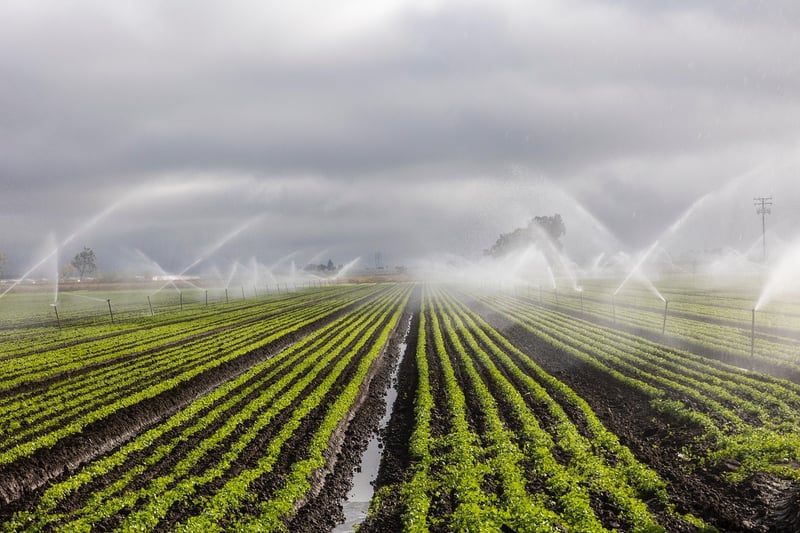Irrigation Techniques
Practical Advice for Setting Up an Efficient Irrigation System
Introduction
Proper irrigation is crucial for maintaining a healthy and vibrant garden or landscape. Setting up an efficient irrigation system not only saves water but also promotes optimal plant growth. In this guide, we will provide practical advice on how to set up an effective irrigation system and explore different irrigation techniques.
1. Plan Your Irrigation System
Before installing an irrigation system, consider the layout of your garden or landscape. Identify areas that need watering and determine the water requirements of different plants. Map out the location of water sources, such as faucets or rain barrels, and plan the placement of irrigation lines accordingly.
2. Choose the Right Irrigation Method
There are several irrigation methods to choose from, including:
- Drip Irrigation: Ideal for watering individual plants or rows of crops with minimal water wastage.
- Sprinkler Irrigation: Suitable for larger areas and provides good coverage for lawns and gardens.
- Soaker Hoses: Effective for watering rows of plants or creating a slow, deep soak for flower beds.
3. Consider Water Conservation
Water conservation is essential in irrigation. To optimize water usage, consider the following tips:
- Water early in the morning or late in the evening to reduce evaporation.
- Use mulch around plants to retain soil moisture.
- Group plants with similar water needs together.
4. Monitor and Adjust Your Irrigation System
Regularly inspect your irrigation system for leaks, clogs, or misaligned sprinklers. Adjust the watering schedule based on the season, weather conditions, and plant requirements. Overwatering can be as harmful as underwatering, so ensure your system is tailored to your specific landscape needs.
5. Invest in Smart Irrigation Technology
Consider investing in smart irrigation technology that can automatically adjust watering schedules based on weather forecasts and soil moisture levels. Smart controllers can help optimize water usage and prevent overwatering, ultimately saving you time and money.
Conclusion
By following these practical tips and techniques, you can set up an efficient irrigation system that promotes healthy plant growth while conserving water. Remember to tailor your irrigation system to the specific needs of your garden or landscape to achieve the best results.

For more information on irrigation techniques and garden maintenance, visit www.gardeningwebsite.com/irrigation.
